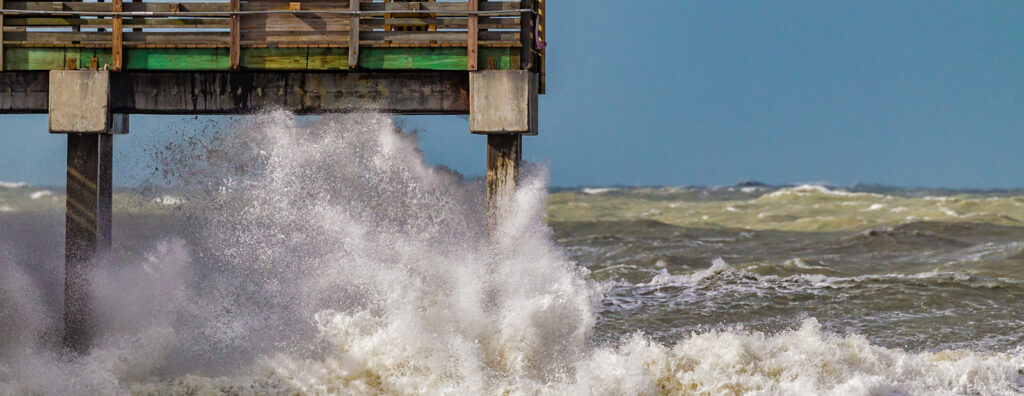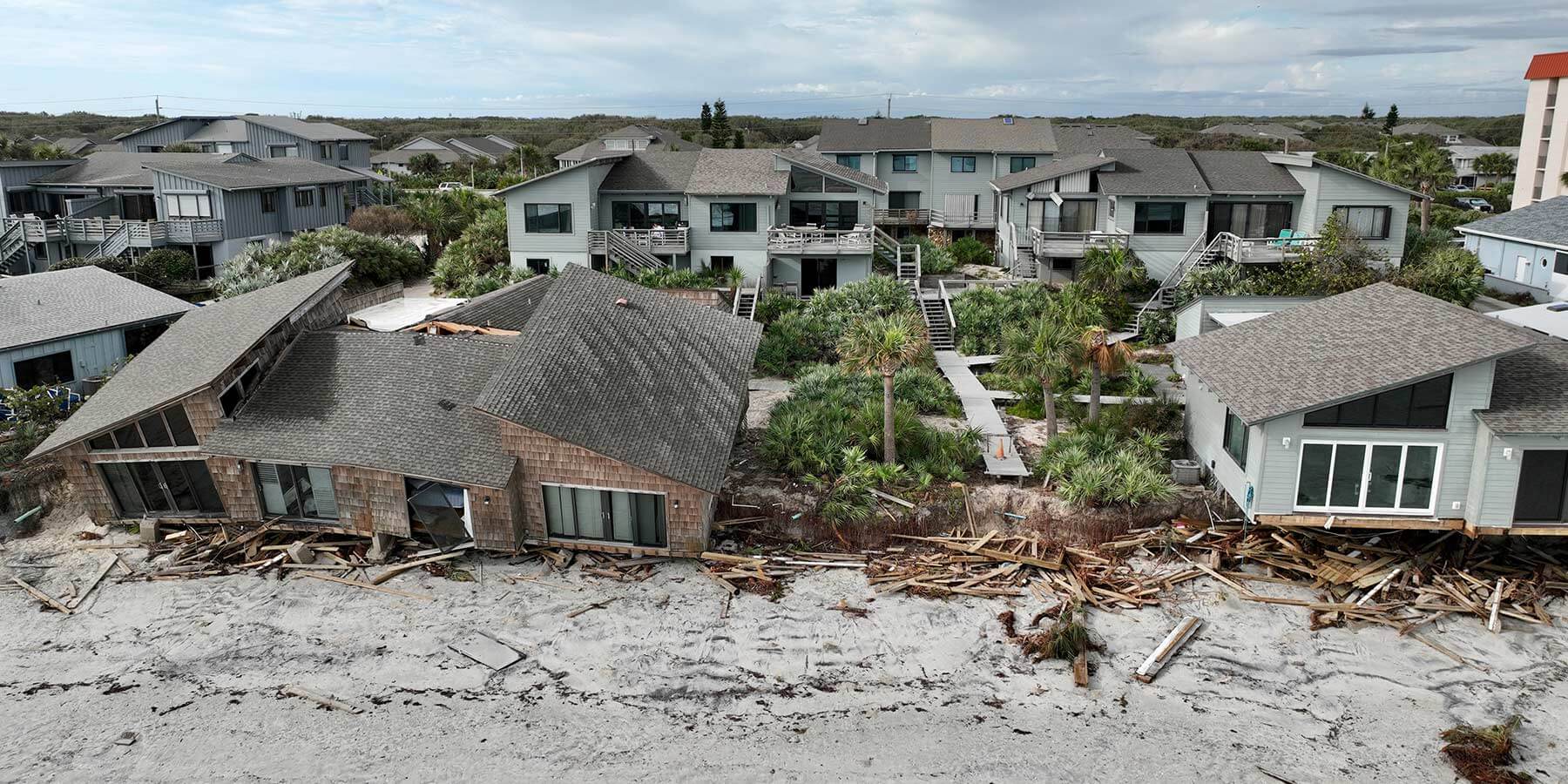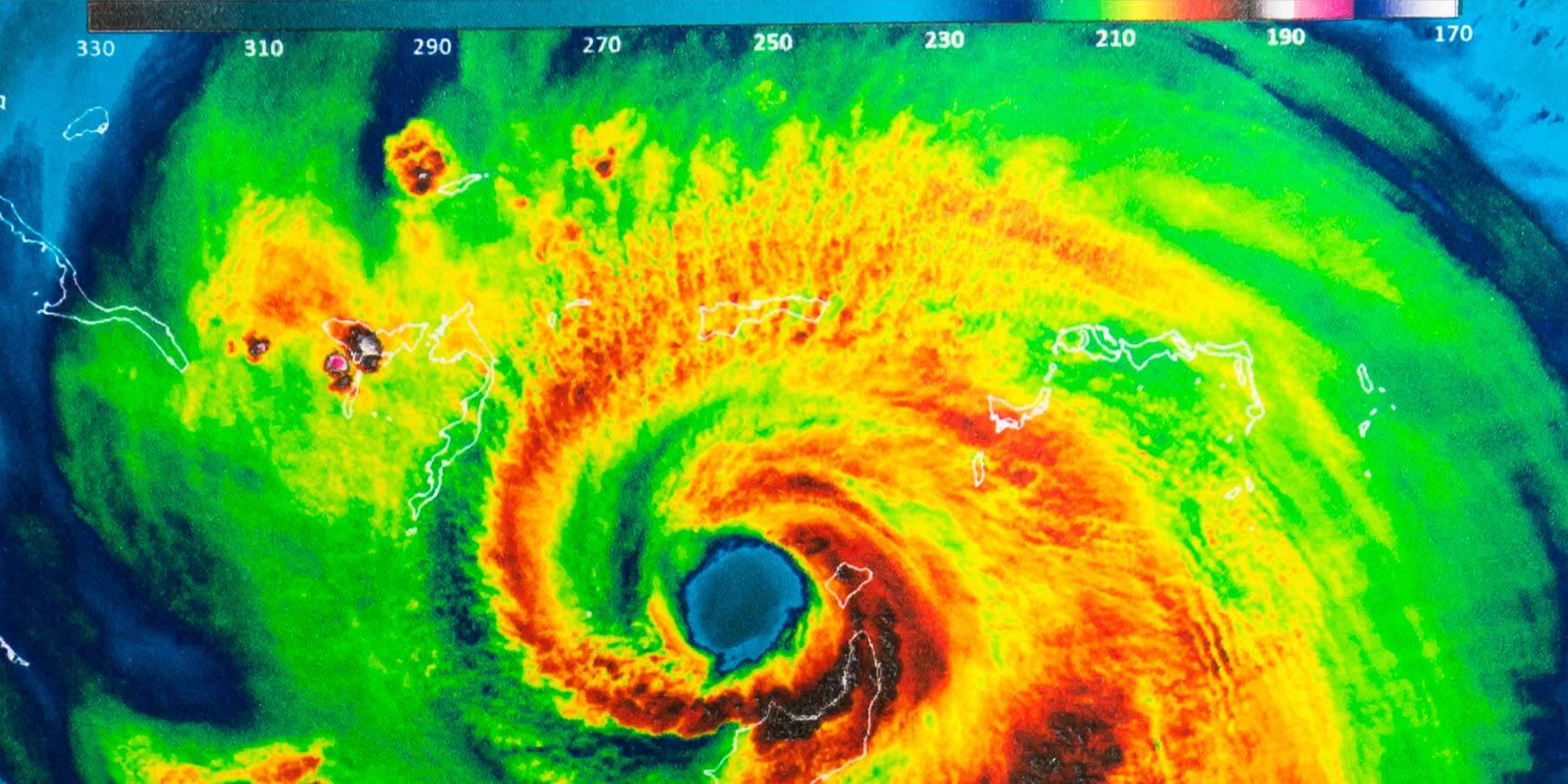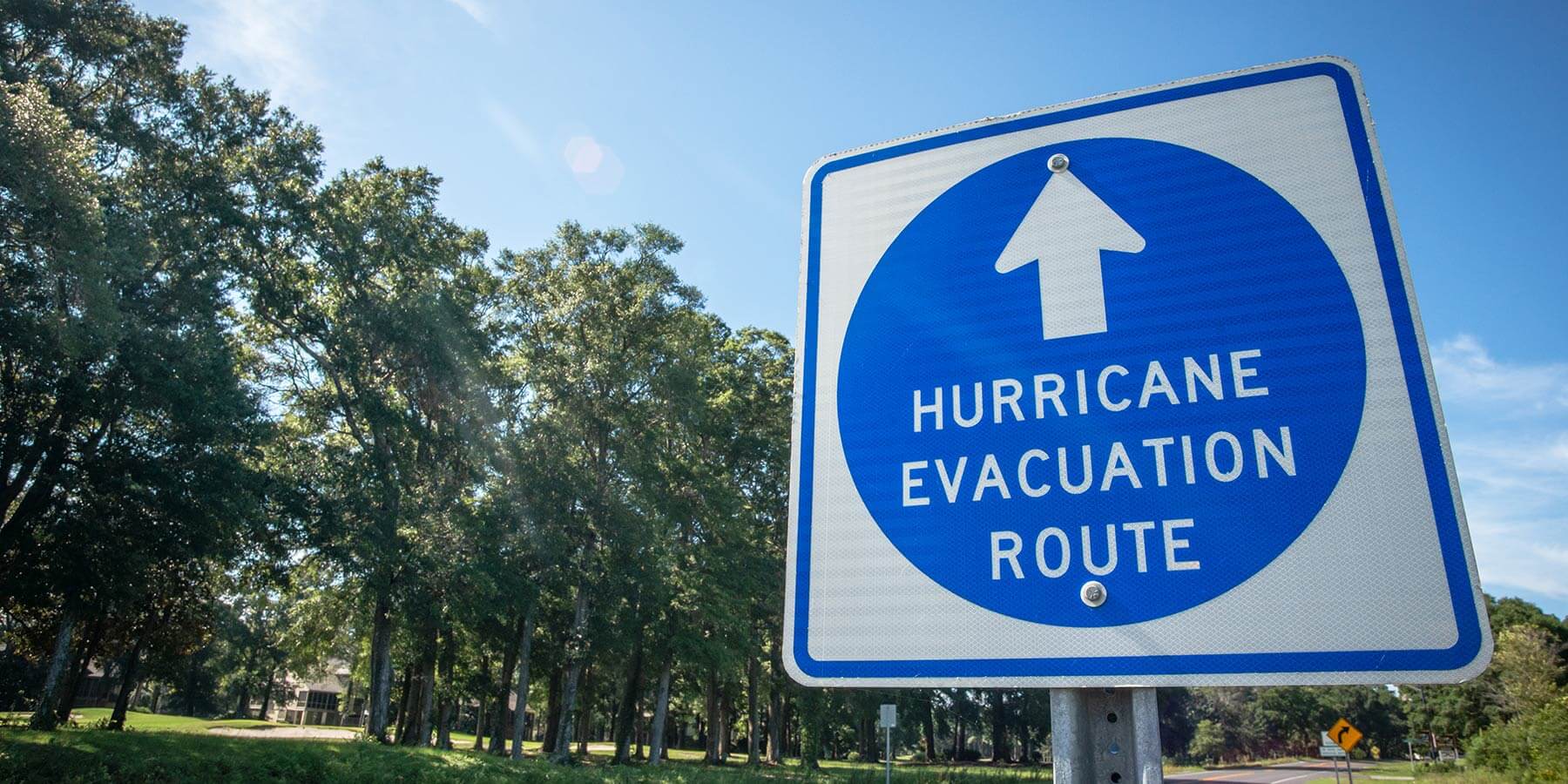The National Oceanic and Atmospheric Association (NOAA) officially declared an El Niño for 2023. What does that mean? That means that El Niño conditions are present and will strengthen in the northern hemisphere this winter. NOAA scientists reported that there was more than a 90% chance that an El Niño would develop from May to June and will continue into the winter.
El Niño is the warm phase of the Pacific Ocean’s temperature cycle, and this year’s El Niño is poised to be a big one, sending shock waves into weather patterns worldwide. It’s likely to set new heat records, energize rainfall in South America, fuel drought in Africa, and it may have already helped fuel early-season heat waves in Asia this year.
El Niño events occur irregularly at two- to seven-year intervals, meaning El Niño does not have a regular cycle, nor is it predictable in the sense that ocean tides are. Even though El Niño is a global phenomenon, there are things that can be done locally to help you through this phase of weather.
Prepare Your Property:
After years of heat and drought conditions in California and the Southwest, what could we expect from El Niño? Over the winter months, we all experienced increased rain, snowfall, and in some cases, severe flooding.
Some of the most devastating and damaging effects of the rains and El Niño on the landscape are:
- Soil erosion and landslides from heavy rain and water runoff
- Damage to parking lots, streets, and roadways
- Drainage and flooding
- Tree and plant damage, such as fallen trees due to saturated soil and high winds
What can you do to prepare your property? Here are a few suggestions to help you protect your property from the damaging effects of El Niño.
Evaluate Your Property:
We often think El Niño is just a news item that does not impact us locally. However, every property owner/manager should evaluate their landscape, stormwater drainage and maintenance needs before and after storms. You can contact a professional landscape maintenance contractor to assist with this. Notice areas that may be prone to water accumulation, debris buildup, or even cracks or areas where water could seep into buildings. Don’t assume water will travel “as it always has.”
Keep Storm Drains Clear:
With large volumes of water falling, cleaning, and clearing debris from outdoor drains regularly on the property is essential. At times, install subgrade drains in areas where stormwater tends to collect and flood. This will assist in reducing flooding during rain and snow runoff.
In areas with continued problems with flooding, the layout and landscape design of your property may be poorly designed to prevent damage and flooding. Retention or detention ponds may be in flood zone areas. Consider installing additional drainage, hardscapes, bark, and drought-tolerant plants to help prevent further damage from the El Niño effects.
Protect Against Soil Erosion:
To control soil around plant beds, turf, and trees, mulch areas that may be prone to erosion. Here are a few simple landscape modifications that can be made to prevent runoff:
- Installing netting to help secure slopes.
- Add mulch and mount waddles to differ water runoff.
- Consider utilizing appropriate plants to the landscape to support and/or prevent soil erosion.
More extensive erosion control may be needed, and this can be evaluated with your landscape maintenance contractor.
Use Sustainable Flowers, Shrubs, and Trees:
To minimize the risk of severe weather conditions impacting your property’s landscape, consider planting regional, durable plants. Ground cover plants will help stabilize the plant bed and blanket sloped areas to reduce erosion or water runoff.
Keep a Watchful Eye on Your Trees:
Trees can become stressed during extreme changes in weather. A quick shift from drought to severe rain can impact weak or healthy trees.
Regular pruning and tree maintenance are recommended to reduce end weight on branches that might fall during high winds and storm surges. Removing weak and broken limbs will help to prevent damage to cars and building structures and reduce susceptibility to tree disease.
Tips to Prepare Yourself and Your Loved Ones:
- Prepare a family disaster plan and family disaster kit. For more information go to ready.gov or redcross.org.
- Consider flood insurance, even if you’re not in a high-risk area.
- Secure important business and/or family items, such as legal documents, photographs, jewelry, mementos, etc.
- Assemble emergency supply kits for your workplace, home and vehicle.
- Purchase and maintain a generator in case severe weather causes power outages.
- Purchase and maintain fuel supplies on your property for generators and/or vehicles in case power outages result in fuel supply problems.
- If you use an automatic watering system, turn it off during the rainy season.
- As we’re still in a drought, consider purchasing a rain barrel to catch water.
- Make your business and home pest-proof if ants and other pests invade during rainy weather.
*List partly derived from L.A. Times, “28 Things to do to prepare for El Nino rains this season.”
“A warming El Niño is expected to develop in the coming months, and this will combine with human-induced climate change to push global temperatures into uncharted territory,” said Petteri Taalas, secretary-general of the World Meteorological Organization. “We need to be prepared.”



